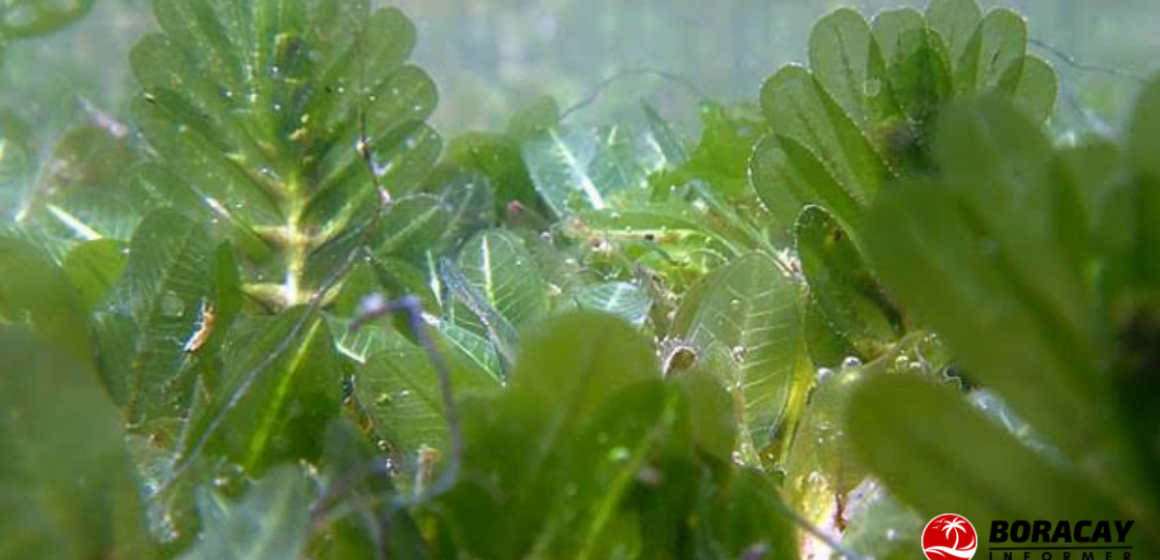The rehabilitation of Boracay in 2018 have arguably resulted in positive changes including infrastructure upgrades, stricter regulations, increased community involvement, and improved tourism management practices.
However, the most important benefits brought about by the rehabilitation are the environmental restoration and biodiversity conservation in the island.
In fact, experts have credited Boracay Island’s rehabilitation during 2018 to the discovery of a new addition to its marine ecosystem – Halophila Spinulosa, a seagrass species with distinctive fern-like features. This discovery, made during a seagrass mapping and assessment conducted by Dagatnon Environmental Consulting Services, sheds light on the island’s diverse underwater landscape.
The Halophila Spinulosa
Halophila Spinulosa stands out with its fern-like appearance, characterized by tiny leaves growing in opposite pairs on long, thin stems. With 10 to 20 pairs forming a flat structure, the seagrass undergoes a continuous growth cycle – shedding older leaves at the bottom while new ones emerge from the tip.
How important are the seagrasses?
Seagrasses, often underestimated, play a vital role in coastal ecosystems. Functioning as angiosperms or flowering plants, they contribute significantly to the productivity of coastal habitats. Halophila Spinulosa, like its counterparts, provides a habitat for epiphytic algae and small marine animals, forming a crucial link in the food chain for larger creatures like fish, sea turtles, and crabs. Additionally, seagrass foliage helps trap sediments, improving nearshore water clarity.
Boracay’s Seagrass Diversity
Boracay Island is home to a total of nine seagrass species, with Barangay Balabag boasting the highest percentage cover at 81.84%. The seagrass mapping and assessment, part of the Coastal and Marine Ecosystem Management Program (CMEMP), showcase the island’s commitment to addressing threats to its coastal and marine ecosystem.
Conservation Efforts and Environmental Impact
Director Francisco E. Milla, Jr. of the Department of Environment and Natural Resources Region 6 acknowledges the positive impact of Boracay’s rehabilitation on the marine ecosystem. The cleaner waters resulting from these efforts have contributed to the sustainability of biodiversity and the discovery of new marine species. The successful rehabilitation is considered a major accomplishment by the DENR, emphasizing the importance of ongoing conservation initiatives.
Why should we protect the seagrasses?
Seagrasses, including the newly discovered Halophila Spinulosa, are integral components of coastal ecosystems. Beyond their ecological importance, these underwater plants contribute to food security, climate change resilience, and overall marine health. As Boracay celebrates its diverse seagrass bed, the significance of conservation efforts becomes apparent – ensuring the continued well-being of these vital underwater meadows.
The discovery of Halophila Spinulosa adds another layer to Boracay’s rich marine tapestry. This unassuming seagrass, thriving beneath the waves, symbolizes the delicate balance within coastal ecosystems. As Boracay continues its commitment to rehabilitation and conservation, the protection of seagrasses remains a key aspect of preserving the island’s marine wonders.







Leave a Reply